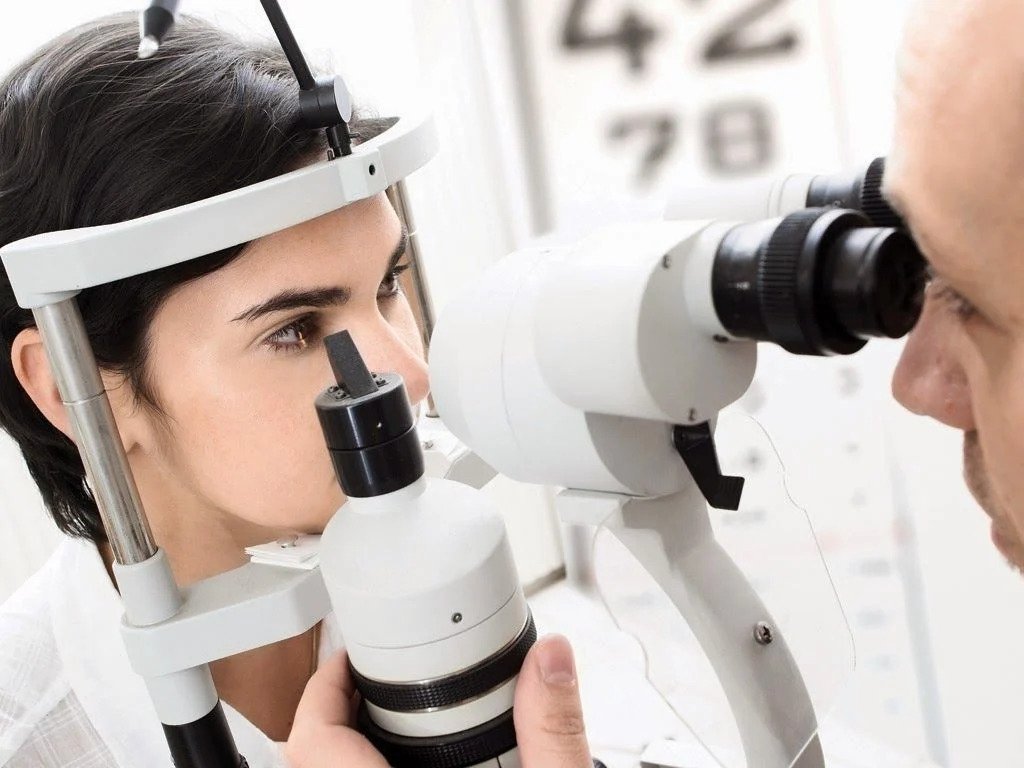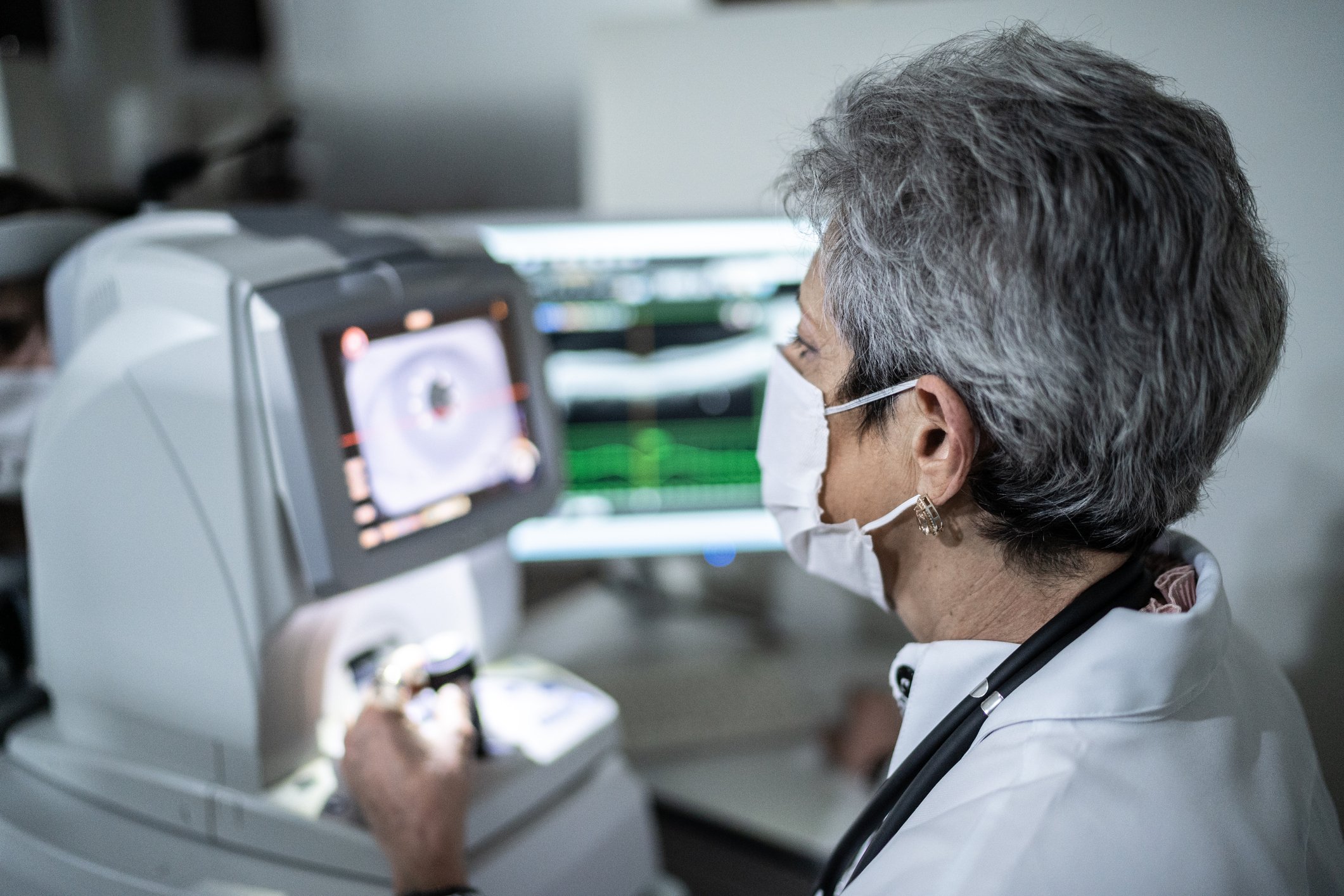
Intacs
INTACS FOR KERATOCONUS
An FDA approved option for keratoconus filling the gap between contact lenses and a corneal transplant.
Keratoconus is a progressive eye disease, which causes a thinning of the cornea, the clear front surface of the eye. As keratoconus progresses, the quality of one’s vision deteriorates and contact lenses or glasses no longer become a satisfactory solution for most people. For many, an invasive corneal transplant was the only option – until now! Intacs prescription inserts are an exciting new option between contacts and a corneal transplant that may be the best possible option to stabilize the cornea and improve vision.
Intacs prescription inserts are indicated for use in the correction of nearsightedness and astigmatism for patients with Keratoconus, where contact lenses and glasses are no longer suitable.
Intacs prescription inserts are approved by the FDA for keratoconus under a Humanitarian Device Exemption (HDE).
THE PROCEDURE
Prior to any surgical procedure it is common to experience a degree of anticipation and anxiety. It may be comforting to know that the Intacs procedure is far less invasive than a corneal transplant or many other surgical procedures of the eye and the Intacs success rate is high. The surgeons performing the procedure are typically corneal surgeons, having expertise with keratoconus. Each surgeon has also undergone a rigorous training program specific to Intacs for treating patients with keratoconus.
BEFORE THE PROCEDURE
Your examination will include a variety of standard ophthalmic tests for this type of procedure, as well as general medical tests and a review of your specific medical history.
THE PROCEDURE FOR INTACS
The placement of Intacs remodel and reinforce your cornea, eliminating some or all of the irregularities caused by keratoconus in order to provide you with improved vision.
Follow-up visits will be required to monitor the healing process and evaluate the visual benefits of the procedure. Even after a successful procedure, glasses or contacts still may be required to provide you with good vision.
As with any surgical procedure, there are some risks, including infection. Some patients experience visual symptoms including difficulty with night vision, glare, halos, blurry and fluctuating vision.



